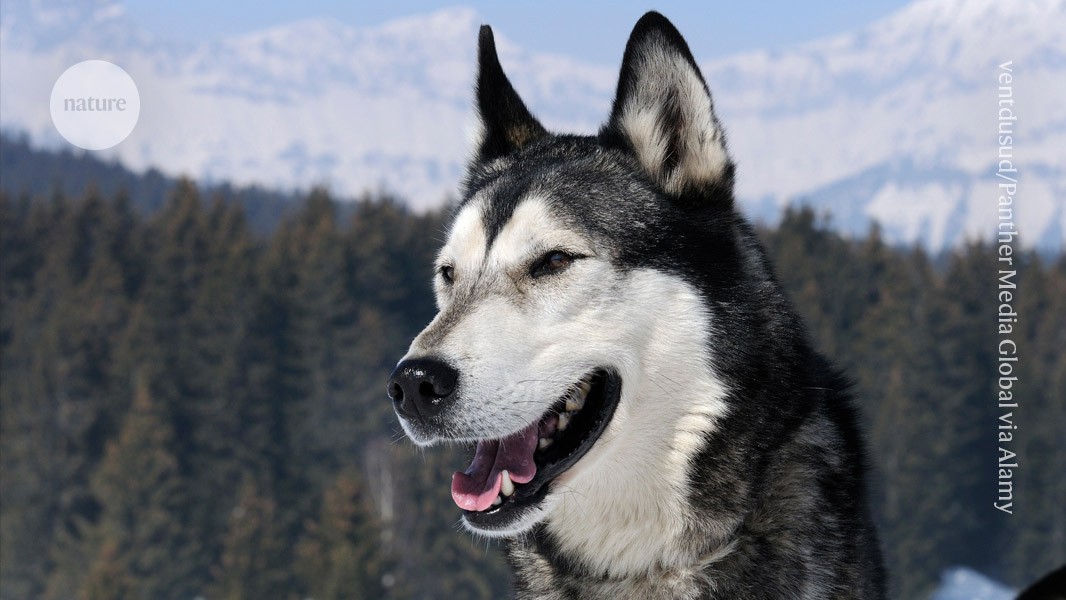
"But an analysis of skulls from than 600 ancient and modern dogs and wolves suggests that much of the diversity seen in present-day dogs emerged thousands of years ago. The analysis, together with a study of ancient dog genomes from central and eastern Eurasia - both published today in Science - offers clues about dogs' origin story, but still no firm answers as to when, where or why they were first domesticated from wolves."
"One challenge for scientists studying the origins of domestic dogs is that it can be hard to determine whether fossils, especially very old ones from the last Ice Age, belonged to dogs or wolves. To address this, bioarchaeologists Allowen Evin, at CNRS University of Montpelier in France, and Carly Ameen, at the University of Exeter, UK, and their team compared three-dimensional scans of the skulls of 643 dogs and wolves that lived in the past 50,000 years."
Dog morphological diversity commonly attributed to recent Victorian breeding actually has roots thousands of years deep. Three-dimensional comparisons of 643 ancient and modern dog and wolf skulls across the past 50,000 years reveal a distinctive dog skull shape—shortened snout and widened face—present by nearly 11,000 years ago in northwest Russia. A rapid expansion of skull shape variety occurred among dogs associated with late hunter-gatherer and early farming groups, capturing more than half of modern breed diversity. Ancient dog genomes from central and eastern Eurasia provide additional clues but do not yet resolve when, where, or why wolves were first domesticated. Distinguishing early dogs from wolves in the fossil record remains challenging, and dogs were important components of early human societies.
Read at Nature
Unable to calculate read time
Collection
[
|
...
]